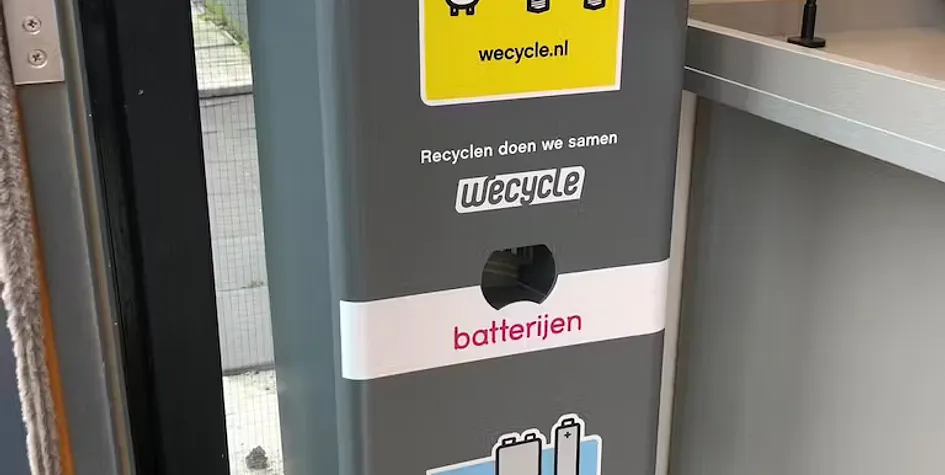Always up to date to find your dream job!
We only need a few personal details, thanks!
There is no denying that the Netherlands is one of the ‘greenest’ countries. Most of this owing to the strict laws and regulations surrounding waste management. The Dutch and their mentality are deeply geared towards protecting their environment and this is apparent in the amount of effort they put in separating their waste. Here in the Netherlands there are quite a lot of options when it comes to waste separation. For non-Dutch people, often new to the country, understanding how the Dutch waste management system works comes with a price. Not properly disposing of waste is penalized in the form of a fine. This may come as a shock for people who are not aware of the rules surrounding waste disposal. If you are one of the many, unsure of how to dispose of waste in the Netherlands, we have jotted down a few tips to help you understand the way the system works and provide you with some ease of mind (and wallet ;))
Every city has its own system when it comes to separating waste. In most cities there are different waste containers available for waste separation. This differs from municipality. However, the bins most often encountered are:
◦ Greenwaste - Green bin
◦ Paper - Blue bin
◦ Plastic, metal & drink packaging (PMD) – Orange bin
◦ All remaining waste – Grey or black bin
The green waste or ‘groenbak’ is for everything that is organic materials, compost and biodegradable. Fruits & vegetables, leftover cooked food, coffee filters and flowers or plants are some of the waste separated in these bins. The paper recycling containers are called ‘papier’ bakken in Dutch and are used to recycle just that, anything that is considered paper. Keep in mind to discard anything that is plastic from the paper waste, such as the plastic windows on envelopes. Plastic and metal packaging go in the PMD container along with food and drink cartons. All residual waste is disposed of in the all-remaining waste containers, often black or grey in color. Some cities also have glass containers and textile containers.
Properly disposing of waste can also be beneficial to your wallet (cha-ching!!!). On some items there is a deposit system where one can collect a deposit (or statiegeld) if returned. If the item offers a deposit this will be mentioned on the label with the word statiegeld and the amount of the return. These deposit systems are in use for beer bottles, plastic bottle crates and larger plastic bottles and can be returned at the return station (automated machine) at a supermarket.
Lastly, other waste such as chemical waste, batteries and medicine can be dropped off at pharmacies, supermarkets or designated collection stations.
Some places do not have waste containers. People place their trash out for collection on specific days. These days vary per location. You can find information about the pick-up days and times on the website of your municipality or on the waste calendar (Afvalkalender). You are also able to see which waste belongs to which container and where the drop off & pick up locations are.
There are a lot of other intrinsic pieces that goes into the Dutch waste management system. But we are sure that with the basics we provided, you are able to separate your waste properly
Would you like to receive our Undutchables Newsletter? In this newsletter we will give you guidance on working in the Netherlands and working with internationals, let you know about upcoming events and share interesting articles. And do you wish to stay up to date about our latest vacancies? Subscribe now to our job alert and you will receive the newest vacancies straight into your inbox.

We only need a few personal details, thanks!
